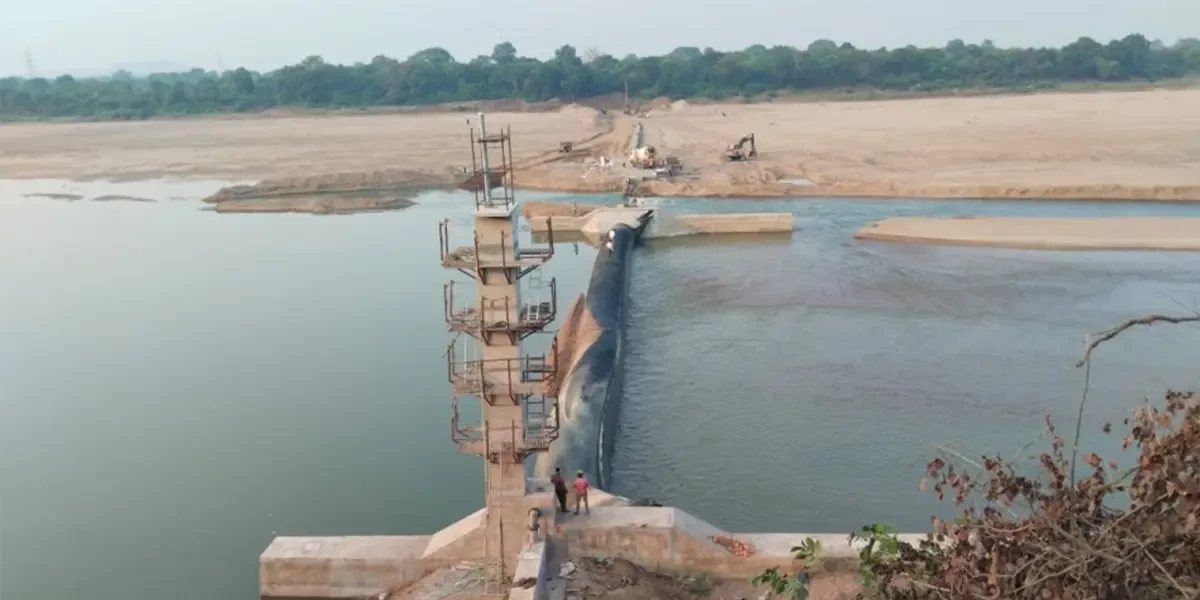

Rubber dams are highly versatile and adaptable structures that have become essential for effective water management in a variety of sectors. These engineered barriers play a crucial role in applications such as flood control, irrigation, aquaculture, and hydropower generation, providing numerous advantages. However, choosing the most suitable rubber dam for your specific circumstances necessitates a judicious evaluation of many pivotal considerations. This nuanced guide will explore the multifaceted intricacies of rubber dam engineering, empowering you to make an optimally informed selection.
Rubber dams, sometimes referred to as inflatable barriers or levees, are temporary or semipermanent installations comprised of durable rubber materials. They are generally inflated using air or water, forming a malleable and adjustable barrier that can be conveniently deployed or retracted as needed. With flexibility and adaptability as defining characteristics, rubber dams modulate water levels adeptly for diverse needs, from flood prevention to hydroelectric power generation. When inflated, the barrier precludes flow yet withstands substantial hydrostatic pressure, engineered for resilience with stress points reinforced. Deflated rapidly in emergencies, they also impose minimal disruption to riverine ecology or downstream flow.
Rubber dams offer a range of advantages over traditional concrete or earthen dams, including:
Best rubber dams can be applied to a wide array of uses, from managing floods to supporting irrigation, aquaculture, and hydroelectric power generation. Their flexible construction allows for adaptation to fluctuating water levels and customisation according to specific needs.
Boasting a lightweight build, rubber dams can be transported and deployed with ease at various locations. Their adjustable design permits the accommodation of shifting water heights to fulfil changing requirements.
For temporary or small-scale projects in particular, rubber dams frequently offer a more budget-friendly choice compared to traditional dams over a rubber dam in India. Their simple setup contributes to reduced costs.
Rubber dams leave a considerably smaller ecological footprint upon removal and cause a limited impact on surrounding areas thanks to their relocatable nature. This green quality makes them attractive for situations where environmental protection matters.
The mobile attributes of rubber dams allow convenient transportation to diverse places as warranted by uses like flood management, irrigation systems, aquaculture, and hydropower generation.
Rubber dams are available in several varieties, each designed for specific functions and features:
These temporary structures can be rapidly deployed as long, as an inflatable rubber dam to manage seasonal flooding or irrigation needs. Their portable nature facilitates efficient emergency response.
By integrating durable geotextile fabric, this type of dam endures heavy water pressure during prolonged use for substantial projects like reservoir creation. Its robust composition rivals fixed structures.
With their signature curved profiles, arch dams harness the stability and strength preferred for hydroelectric ventures that demand reservoirs to hold immense loads. Their design optimises resistance to internal and external stresses.
Comprised of interconnectable inflatable cells allowing precise water level control, these adaptable dams serve diverse purposes, including flood prevention, aquaculture, and recreation. Cell configuration brings flexibility rarely found in traditional dams.
When selecting a rubber dam, it is essential to thoroughly assess several crucial factors to ensure the optimal fit for your specific circumstances:
Discern the key function the dam is meant to serve, whether for flood management, irrigation of crops, aquaculture ventures, or the generation of hydropower.
Gauge the maximum water depth and water flow volume the dam must be equipped to handle during intermittent periods.
Survey the terrain features, soil composition, and any potential obstacles at the placement site.
Evaluate the quality and longevity of the rubber material utilised in the dam's manufacture. Prefer producers with proven dependability and a commitment to excellence.
Consider possible environmental effects of the dam, such as impacts on aquatic habitats and water quality.
Review the ongoing upkeep expectations of the dam, including inspection, cleaning, and repairs that may become necessary over time.
YOOIL Envirotech pioneers innovative rubber dam technologies, supplying a broad assortment of solutions engineered to address diverse water control challenges. With an emphasis on quality workmanship on a rubber water dam, longevity, and environmental responsibility, YOOIL Envirotech has established itself as a trusted partner across multiple industries. Here are the key characteristics of Yool Envirotech rubber dams:
YOOIL Envirotech leverages top-grade rubber raw materials exhibiting resistance to abrasion, chemicals, and ultraviolet light degradation.
We provide customised rubber dam options tailored precisely to suit unique needs, ensuring maximum performance and efficiency for each project site.
Our experienced engineering team offers knowledgeable guidance and support from initial selection and installation through continued maintenance operations.
YOOIL Envirotech is dedicated to eco-friendly practices and provides sustainable rubber dam alternatives.
In addition to product supply, we offer diverse services, including location evaluations, installation, and ongoing upkeep.
Rubber dams have proven effective in addressing water issues across many fields through their pliability, versatility, and environmental friendliness, making them a preferred choice for different uses. Factoring in the considerations here and partnering with an experienced provider such as YOOIL Envirotech allows for pinpointing the ideal rubber dam configuration tailored for unique necessities, thus fostering choose a greener tomorrow. Contact YOOIL Envirotech now to explore the diverse rubber dam alternatives and how we can help accomplish water objectives. The flexible rubber structures demonstrate proven efficacy in handling water challenges throughout multiple industries due to adaptations allowing usage in various situations and eco-friendliness producing preferable selections for different applications. Collaborating with a trusted supplier like YOOIL Envirotech facilitates identifying the most suitable rubber dam solution customised for exclusive needs, thereby advancing a more sustainable future.
